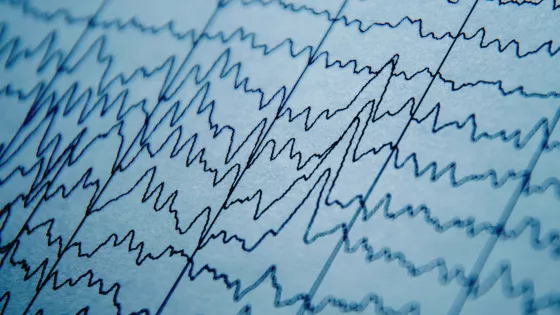School staff should be aware of the different epilepsy seizure types and triggers, so they can identify them, make adjustments and plan accordingly.
Seizure types
With epilepsy, there are two main types of seizure:
Generalised onset seizures, which occur when the whole brain is affected by abnormal electrical activity. The young person becomes unconscious, though sometimes only briefly.
Find out more about generalised onset seizures
Focal onset seizures, which occur when one area of the brain is affected by abnormal electrical activity. The symptoms and level of consciousness depend on the area of the brain involved.
Find out more about focal onset seizures
Seizures can be difficult to spot, with absence seizures – a type of generalised onset seizure – often mistaken for daydreaming, and focal onset seizures taken for difficult or unusual behaviour. Other seizures may be put down to clumsiness or falls.
Where appropriate, staff should be trained to know exactly what to do if a young person has a seizure.
Check out:





